Joel Schlosser
Multi-class Classification without Multi-class Labels
Jan 02, 2019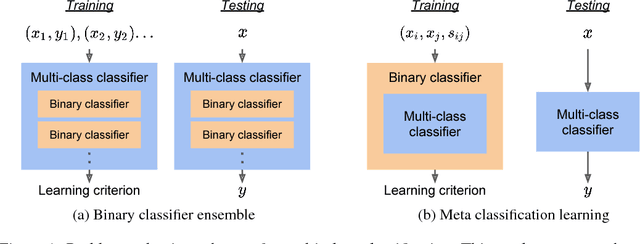
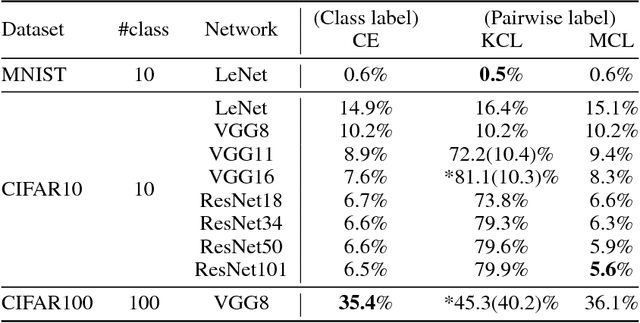
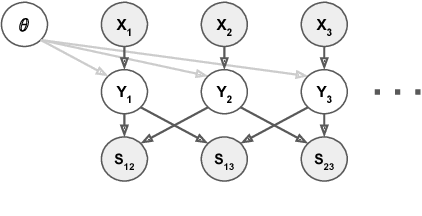
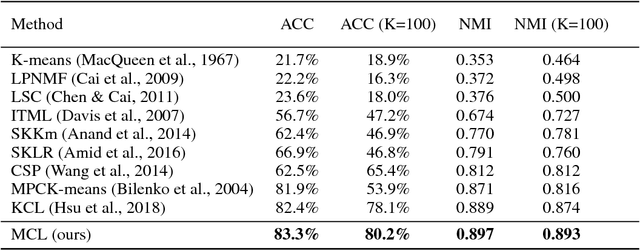
Abstract:This work presents a new strategy for multi-class classification that requires no class-specific labels, but instead leverages pairwise similarity between examples, which is a weaker form of annotation. The proposed method, meta classification learning, optimizes a binary classifier for pairwise similarity prediction and through this process learns a multi-class classifier as a submodule. We formulate this approach, present a probabilistic graphical model for it, and derive a surprisingly simple loss function that can be used to learn neural network-based models. We then demonstrate that this same framework generalizes to the supervised, unsupervised cross-task, and semi-supervised settings. Our method is evaluated against state of the art in all three learning paradigms and shows a superior or comparable accuracy, providing evidence that learning multi-class classification without multi-class labels is a viable learning option.
A probabilistic constrained clustering for transfer learning and image category discovery
Jun 28, 2018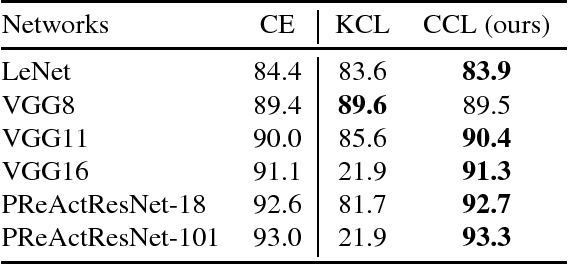

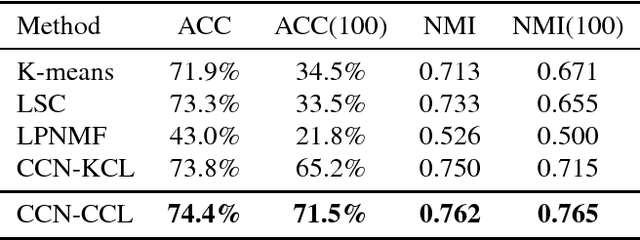
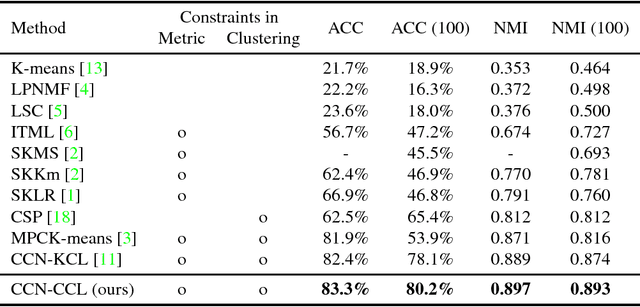
Abstract:Neural network-based clustering has recently gained popularity, and in particular a constrained clustering formulation has been proposed to perform transfer learning and image category discovery using deep learning. The core idea is to formulate a clustering objective with pairwise constraints that can be used to train a deep clustering network; therefore the cluster assignments and their underlying feature representations are jointly optimized end-to-end. In this work, we provide a novel clustering formulation to address scalability issues of previous work in terms of optimizing deeper networks and larger amounts of categories. The proposed objective directly minimizes the negative log-likelihood of cluster assignment with respect to the pairwise constraints, has no hyper-parameters, and demonstrates improved scalability and performance on both supervised learning and unsupervised transfer learning.
 Add to Chrome
Add to Chrome Add to Firefox
Add to Firefox Add to Edge
Add to Edge